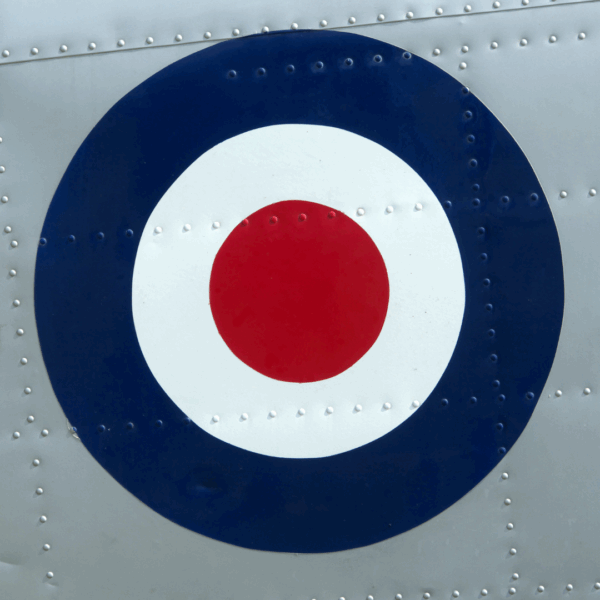People with LGMD2A often have initial symptoms of weakness and wasting (loss of muscle bulk) in the hip, thigh and shoulder muscles. This weakness is usually even on both sides of the body and leg involvement is present before shoulder and arms.
This can result in frequent falls, difficulty in running, climbing stairs and rising from the floor. As the condition progresses, people can have problems with walking.
Shoulder and arm weakness can lead to difficulties in raising the arms above the head, and shoulder blade winging may be present (scapular winging). Some people complain of muscle pain, especially in the legs. Joint contractures (tightening) may be present and more frequently involve the ankles. Facial and neck muscles are not usually involved and therefore swallowing problems are unlikely.
Heart problems are not reported in this condition. People with LGMD2A are at risk of developing respiratory muscle weakness and experience breathing difficulties with the progression of the condition, but this is usually a very late complication.
LGMD2A is a variable condition in terms of severity and the weakness is always progressive with time although the rate of progression varies from person to person. The course of the condition can be mild and wheelchair use may be required many years after onset.
Life expectancy is generally within a normal range because the heart and breathing muscles are usually not affected. In later stages of the condition, breathing difficulties can occur but are usually less severe than in other muscular dystrophies. These symptoms can include poor sleep, nightmares, tiredness or headaches after waking up in the morning, lack of appetite and falling asleep during the day.


